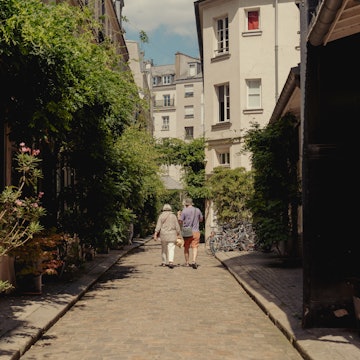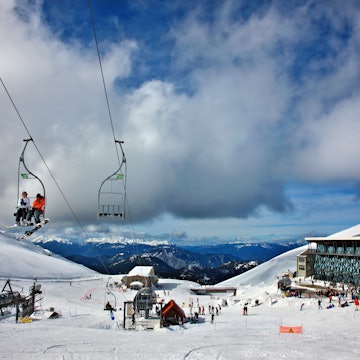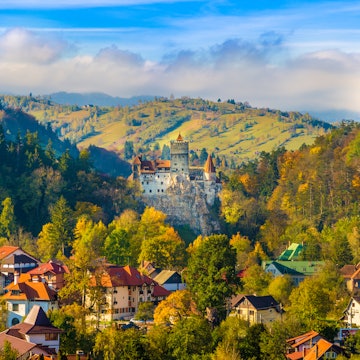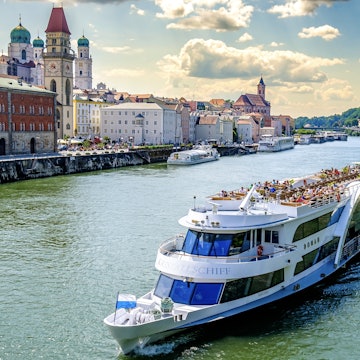

Oradea. trabantos/Shutterstock
Romania, in the southeastern corner of Europe, remains badly underrated as a travel destination. The country receives a fraction of the visitors of other European countries, like Italy and Spain, yet offers loads of natural beauty, particularly in Transylvania and along the Carpathian Mountains, as well as riveting history and a unique culture (and some very good wine).
As certain places in the western half of the continent become increasingly crowded by the year – with some now suffering from overtourism – Romania, if anything, is still undervisited. High summer (July to August) is the most popular time to visit Romania, though spring and autumn bring cooler daytime temps and still have plenty of sunshine.
Here are nine places where anyone can discover the cultural and geographic diversity of Romania.
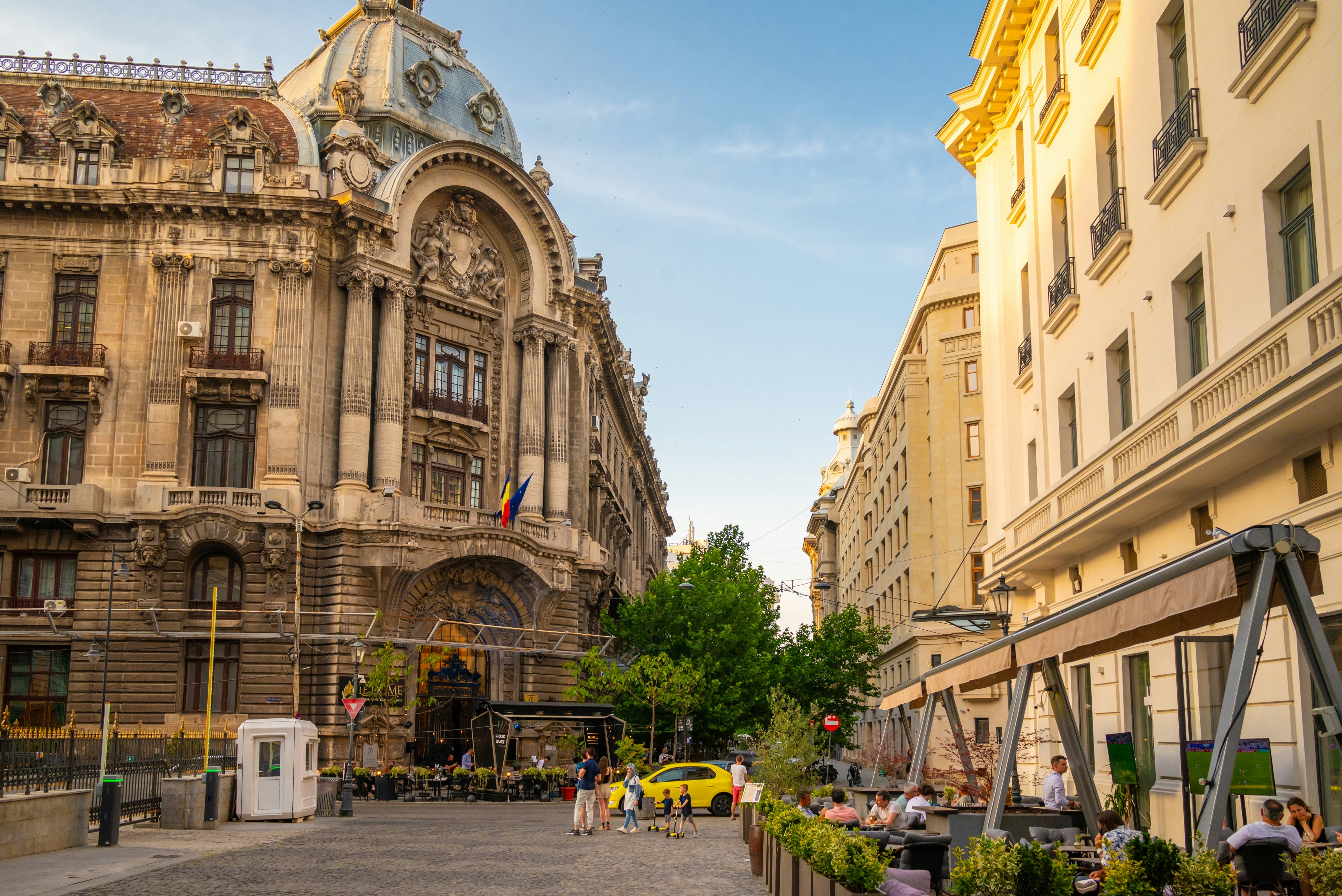
1. Bucharest
Best for big city life
Rest assured, Bucharest is no sleepy Eastern European capital. This modern city of nearly 2 million people buzzes with energy 24/7. History buffs should head straight for the enormous Palace of Parliament, one of the world’s largest buildings and a monument to the ego of former leader Nicolae Ceauşescu. The leafy northern part of the city, near pretty Lake Herăstrău, is the site of luxurious early-20th-century villas as well as several excellent museums, like the highly rated Museum of the Romanian Peasant and the kid-friendly Grigore Antipa Natural History Museum.
Planning tip: Away from the sights, Bucharest boasts an awesome third wave coffee scene (cafes that focus on speciality coffee), lots of clubs and craft beer bars, and an entire party quarter within the city’s revitalized Old Town. Specialty restaurants featuring farm-to-table new Romanian cuisine include the not-to-miss Kaiamo, Noua and Kané.

2. Braşov
Best for Transylvanian charm
The Transylvanian city of Braşov is Romania’s gem. The former Saxon stronghold shows off its medieval roots in its compact, cobblestone old town, pitched dramatically below the surrounding Carpathian peaks, with a tongue-in-cheek, Hollywood-style “Braşov” sign beckoning from above. Relax in the main square, Piaţa Sfatului, and check out sights like the UNESCO-listed, 14th-century Black Church, the country’s largest Gothic church. Splurge with an overnight at the elegant Schuster Boarding House and enjoy a meal at one of the city’s many excellent restaurants, like Bistro de’l Arte.
Planning tip: Braşov makes a good base for visiting the nearby Râşnov Fortress and Bran Castle.
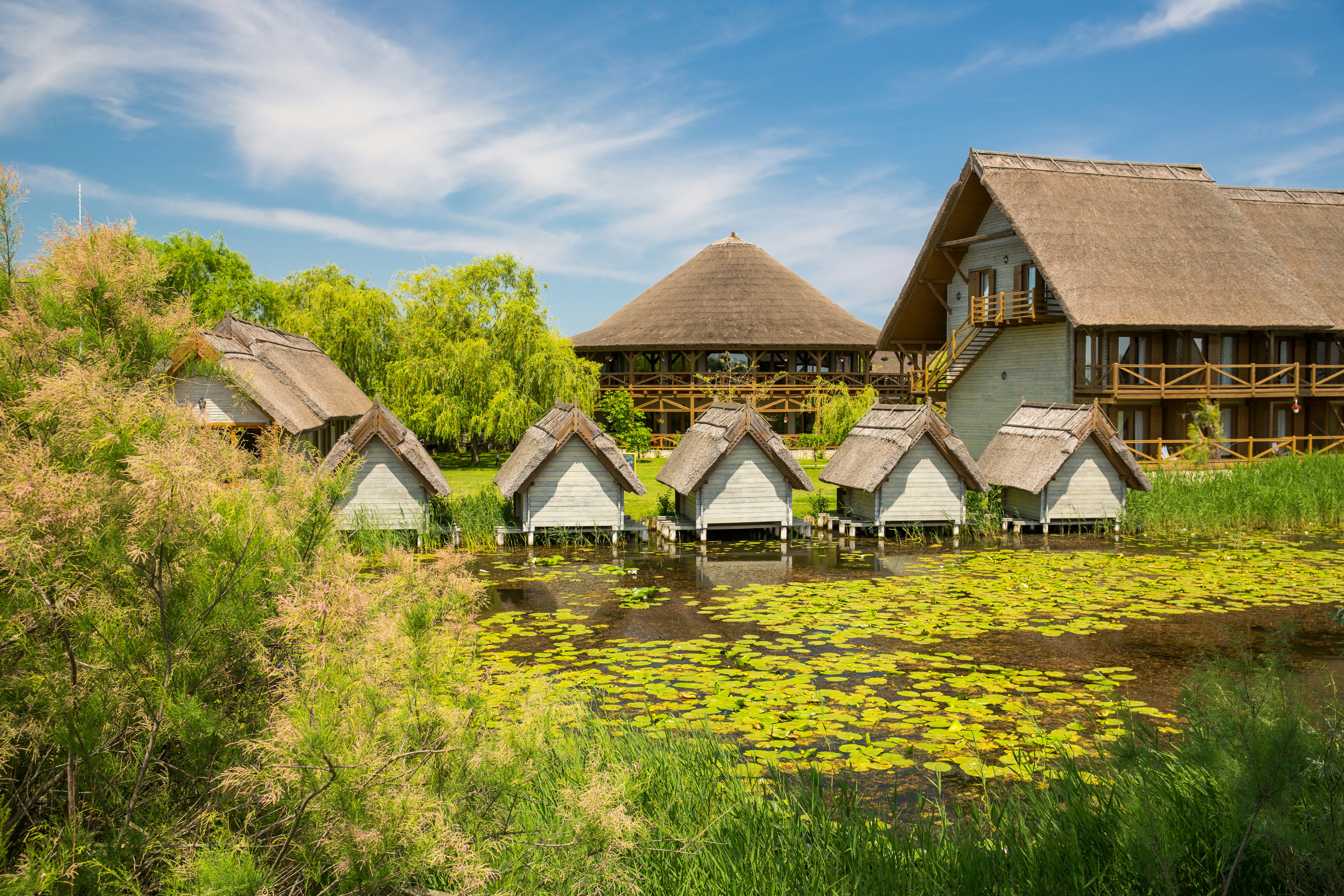
3. Danube Delta
Best for boating and birding
Just before the Danube River empties into the Black Sea near the port of Tulcea in the eastern part of the country, it separates into hundreds of remote canals, waterways, marshes and protected wetlands. The Danube Delta is a paradise for birders, fishers and anyone who enjoys a day on the water exploring forgotten villages and the mix of age-old cultures, including Greeks, Bulgarians and Lipovans (ethnic Russian “Old Believers”).
Use Tulcea as a base for a private boat excursion to popular delta destinations, such as Mila 23, a small fishing village, or the Letea Forest, known for its wild horses. Big Navrom passenger ferries sail regularly in high season from Tulcea to more far-flung coastal towns within the protected biosphere, like Sulina and Sfântu Gheorghe, with their clean, sandy, often lonely Black Sea beaches.
Planning tip: Give yourself a few extra days for navigating the delta, as car traffic is restricted throughout the protected biosphere and you’ll often find yourself at the mercy of capricious ferry schedules.

4. Monasteries in Bucovina
Best for colorful history
The painted monasteries of Bucovina, in the far northeast of the country, are Romania’s pride and joy. The five main monasteries – Arbore, Humor, Moldoviţa, Suceviţa and Voroneţ – and especially their brightly adorned external frescoes exhibit not just remarkable artistry and skill but also foundational moments of Romanian history from the 15th and 16th centuries. The surrounding woods, featuring the region’s signature beech trees, are ideal for a longer stay at an authentic farmhouse, such as Casa Colinița, or a farm-fresh meal at an inn like Acasă în Bucovina.
Planning tip: The monasteries are roughly 20km (12 miles) apart from one another and best explored by car or guided tour. Some of our favorite local guides include Explore Bucovina and Hello Bucovina.
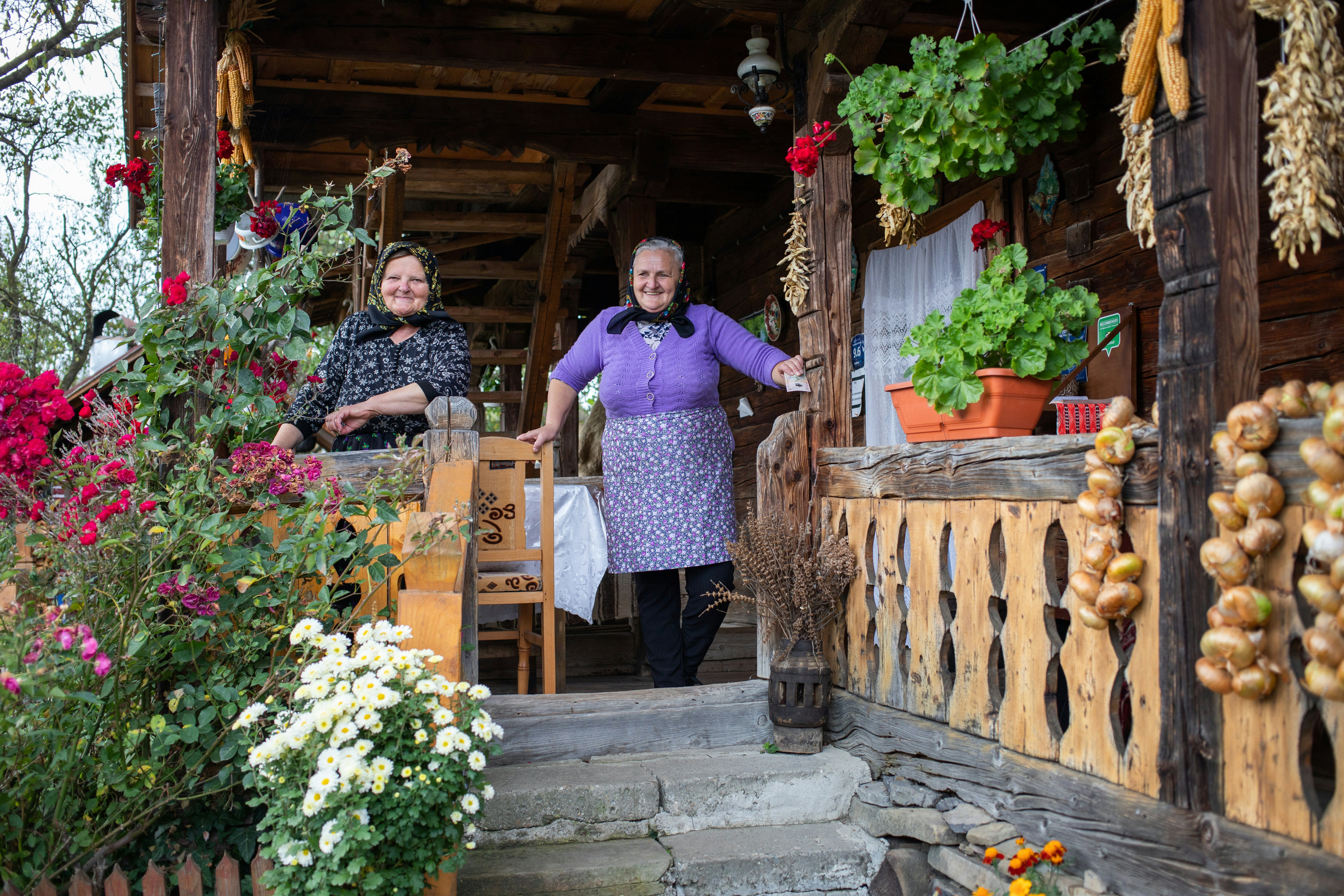
5. Maramureș
Best for unspoiled countryside
Perhaps even more than Transylvania, the remote northern province of Maramureș highlights Romania’s rural roots and long-held traditions. The people here are famous for their stubborn embrace of folkways, traditional clothing and ornately carved wooden gates. The majestic UNESCO-listed wooden churches go back hundreds of years. Explore the hamlets of the Mara Valley, such as Breb, where wood-carvers, painters and tailors ply their crafts at workshops open for public visits. Stop by Breb 148 for locally sourced food served in a relaxing garden. A separate valley, the Isa, to the east, features more picturesque villages and protected churches, such as the Ieud Hill Church and Ieud Graeco-Catholic Church, near the village of Ieud.
Planning tip: Public transportation is spotty outside of the relatively large towns of Baia Mare and Sighetu Marmației. Use these as a base and rent a car to explore the outlying villages at your own pace.
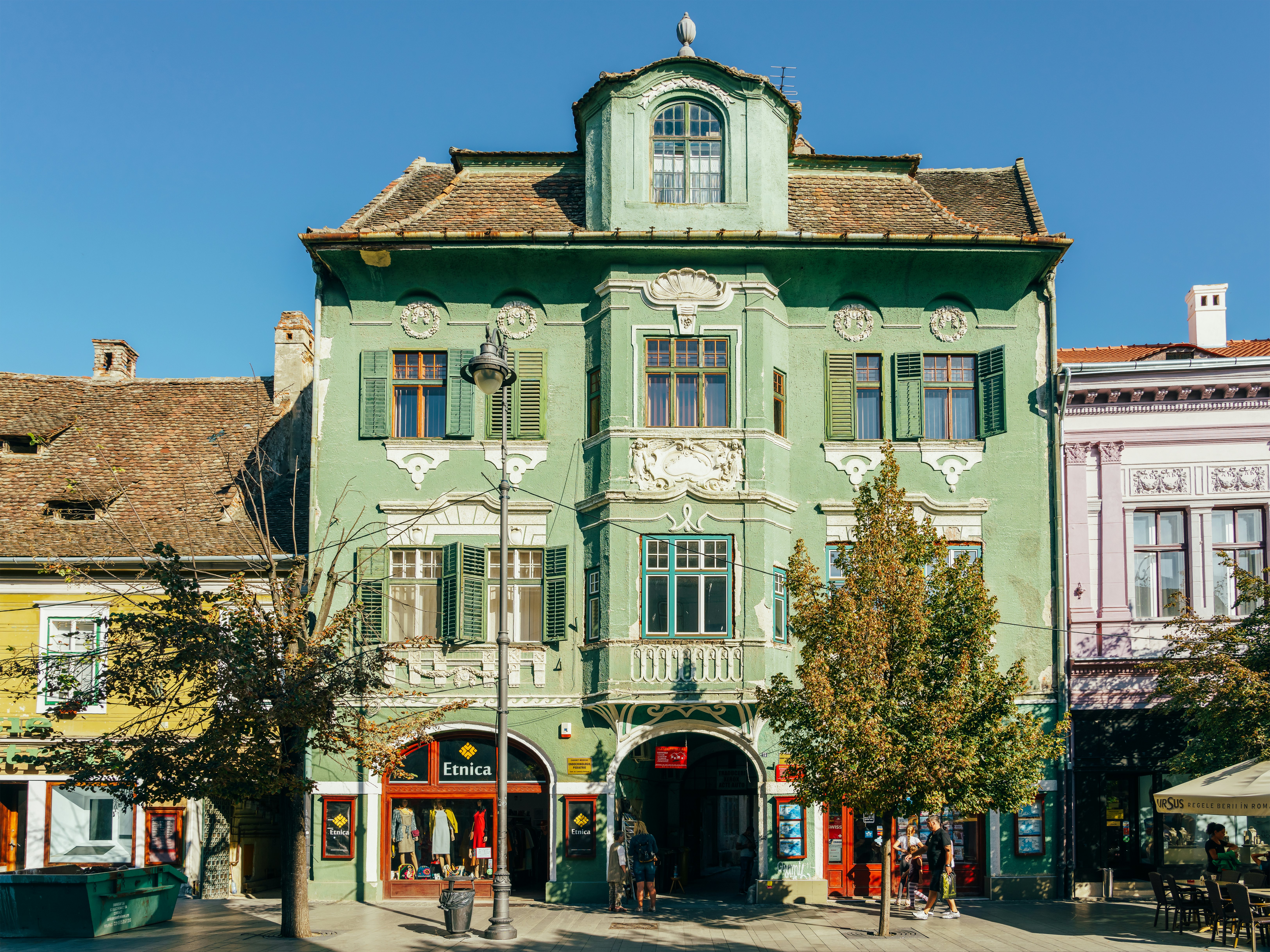
6. Sibiu
Best for culture
In 2007, the former Saxon stronghold of Sibiu, in Transylvania, was the first Romanian city to serve as an EU Capital of Culture. Since then it’s only doubled down on its cultural street cred, regularly hosting many of the country’s leading arts festivals and happenings of all kinds. The Sibiu International Theater Festival in early summer is Romania’s most prominent performing arts event and attracts touring troupes from around the world. Other prominent fests include the Artmania rock festival in late summer and the Astra Film Festival in October.
Outside of the event schedule, Sibiu’s well-preserved old town is uncommonly graceful. It’s built around three historic main squares and filled with windy alleyways, all surrounded by the still-standing medieval town walls.

7. Transylvania
Best for Dracula (and more)
The vast region of Transylvania, north of the Carpathians, is an achingly beautiful landscape of river valleys, rolling hills, ancient Saxon settlements and so, so many scenic hiking trails. And yes, it’s also home to Dracula, thanks to Bram Stoker’s epic. Vampire hunters head straight for spooky, imposing Bran Castle – though connections to fictional (or actual) vampires are thin on the ground. No matter, old Saxon towns like Sighişoara, with its magnificent hilltop citadel, ooze charm and appear little changed over the centuries. Don’t miss the fascinating fortified churches in tiny villages like Biertan and Viscri. For great hikes, start with the Via Transilvanica, a 1400km (870-mile) trail that crisscrosses the province, moving from one UNESCO-protected site to another.
Planning tip: Several companies, often based out of Braşov, run highly recommended guided tours for getting the most from your visit. Some of our favorites include Book Tours Romania, DayTrips Braşov and Boutique Romania.
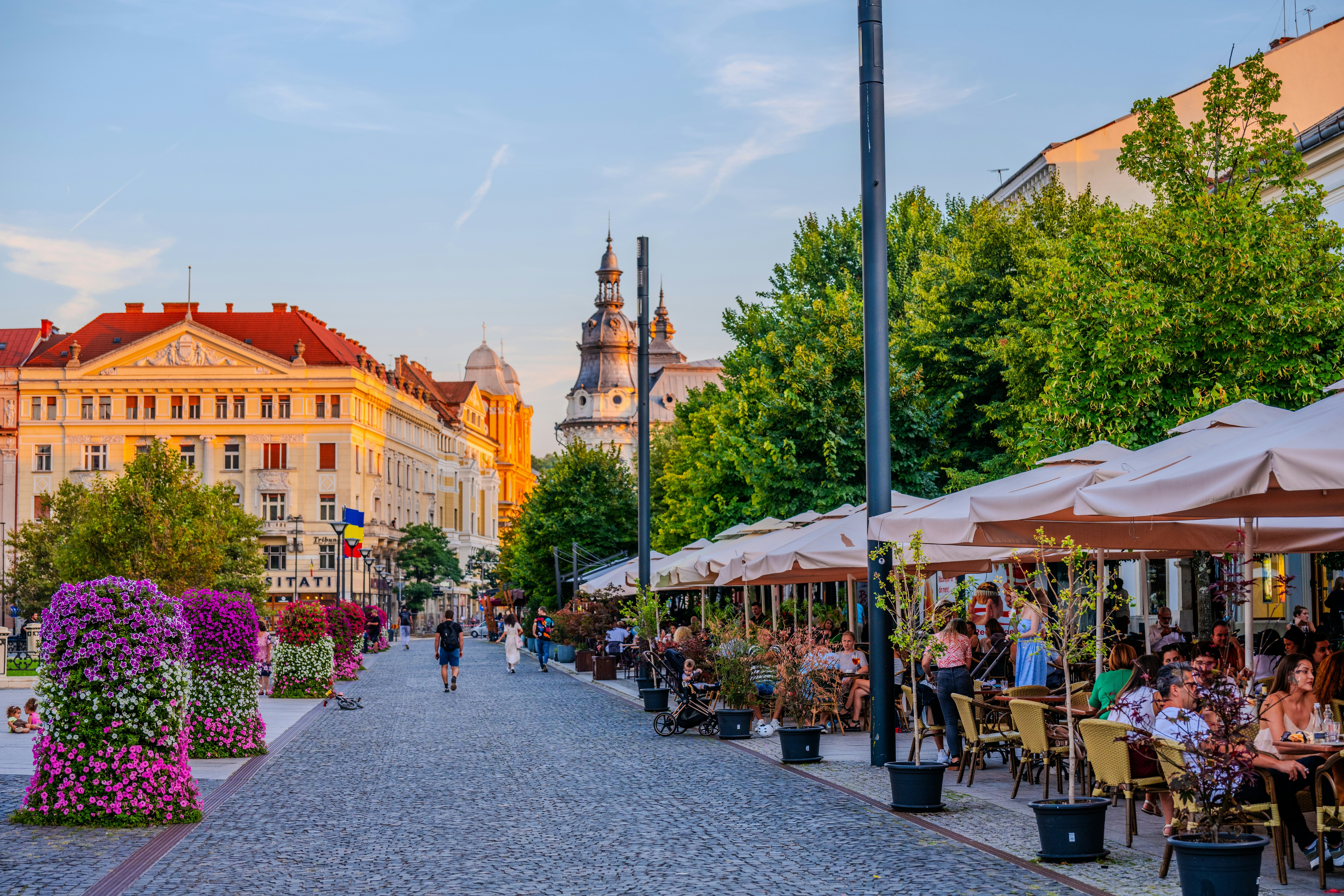
8. Oradea
Best for art nouveau architecture
Around the turn of the 20th century, the leading architects of the day bathed the western city of Oradea, near the country’s border with Hungary, in whimsical art nouveau buildings and lent a swirling dash of playful color to the entire entourage. In recent years, city authorities have acknowledged this priceless patrimony and spruced up the structures for everyone to enjoy. The Black Eagle Palace, on Piața Unirii (the main square), is the undisputed masterwork, but check out the riotous colors of the nearby Moskovits Palace and a dozen other eye-catching buildings. The Darvas-La Roche House, created in the adjacent Viennese secession style, now houses the Art Nouveau Museum.
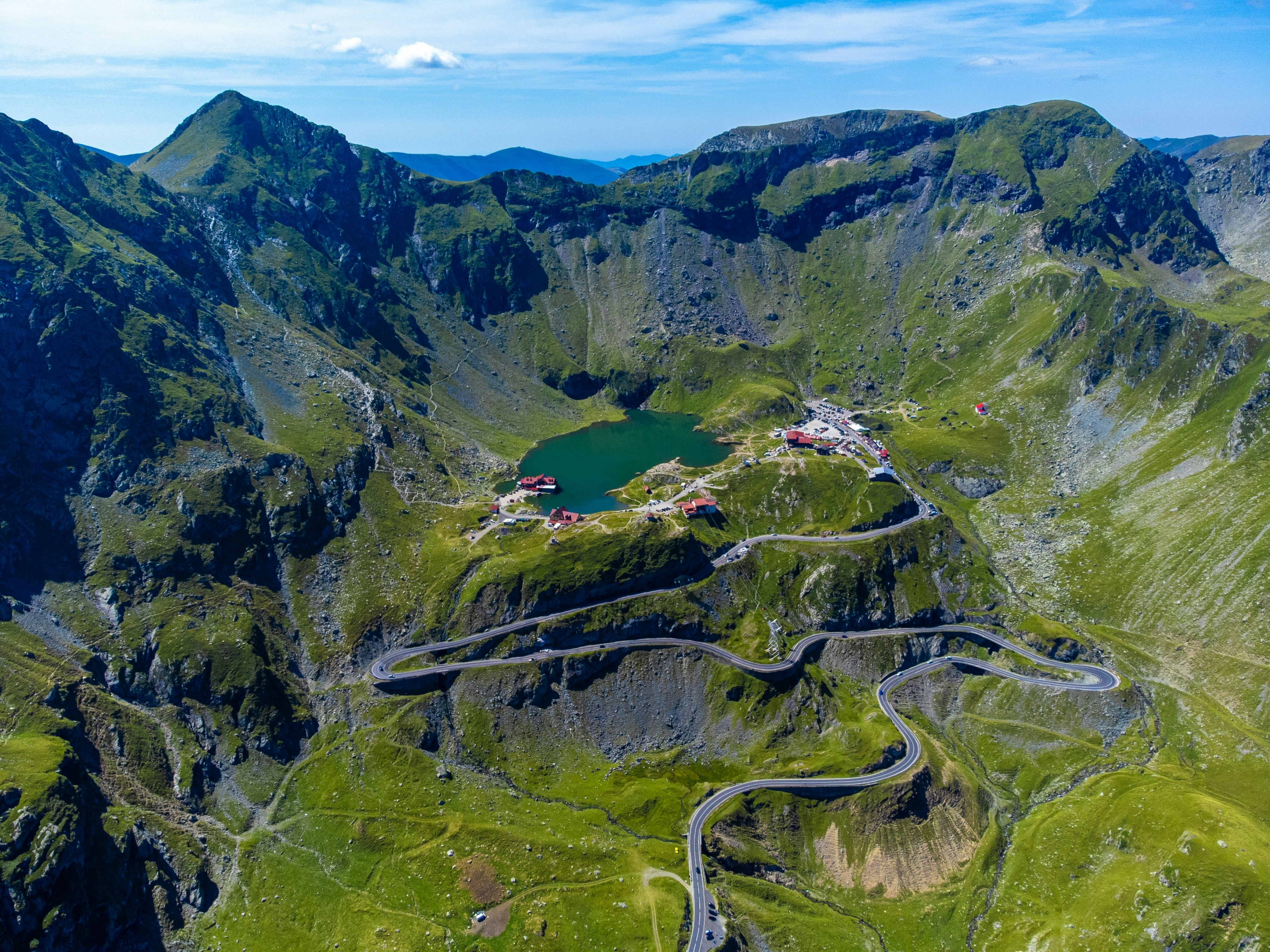
9. Transfăgărăşan Road
Best for behind-the-wheel thrills
The Transfăgărăşan Road, hands down, is Romania’s most scenic – and most exciting – drive. Indeed, Jeremy Clarkson on the BBC television show Top Gear once proclaimed this winding strip of high-elevation asphalt, which crosses the Carpathians at a height of over 2000m (6500 ft), to be the “best road in the world.” The highway dates from the 1970s and was originally intended as a military route in case Romania was invaded. These days, it’s sparsely traveled, except of course by thrill seekers lured by the road’s harrowing twists and turns that give way here and there to glorious waterfalls and snow-capped mountain views. The highway can be approached from either its northern terminus, about 50km (30 miles) east of Sibiu, or from the south, above the city of Curtea de Argeş. Leave yourself several hours to cover the 100km (60 miles), including stops along the way to see the Bâlea Waterfalls or for a meal or overnight at a mountain chalet, like the pretty Cabana Bâlea Lac.
Planning tip: The mountain pass is open from mid-June through October. Watch out for bears along the route, as sightings have increased notably in recent years.







